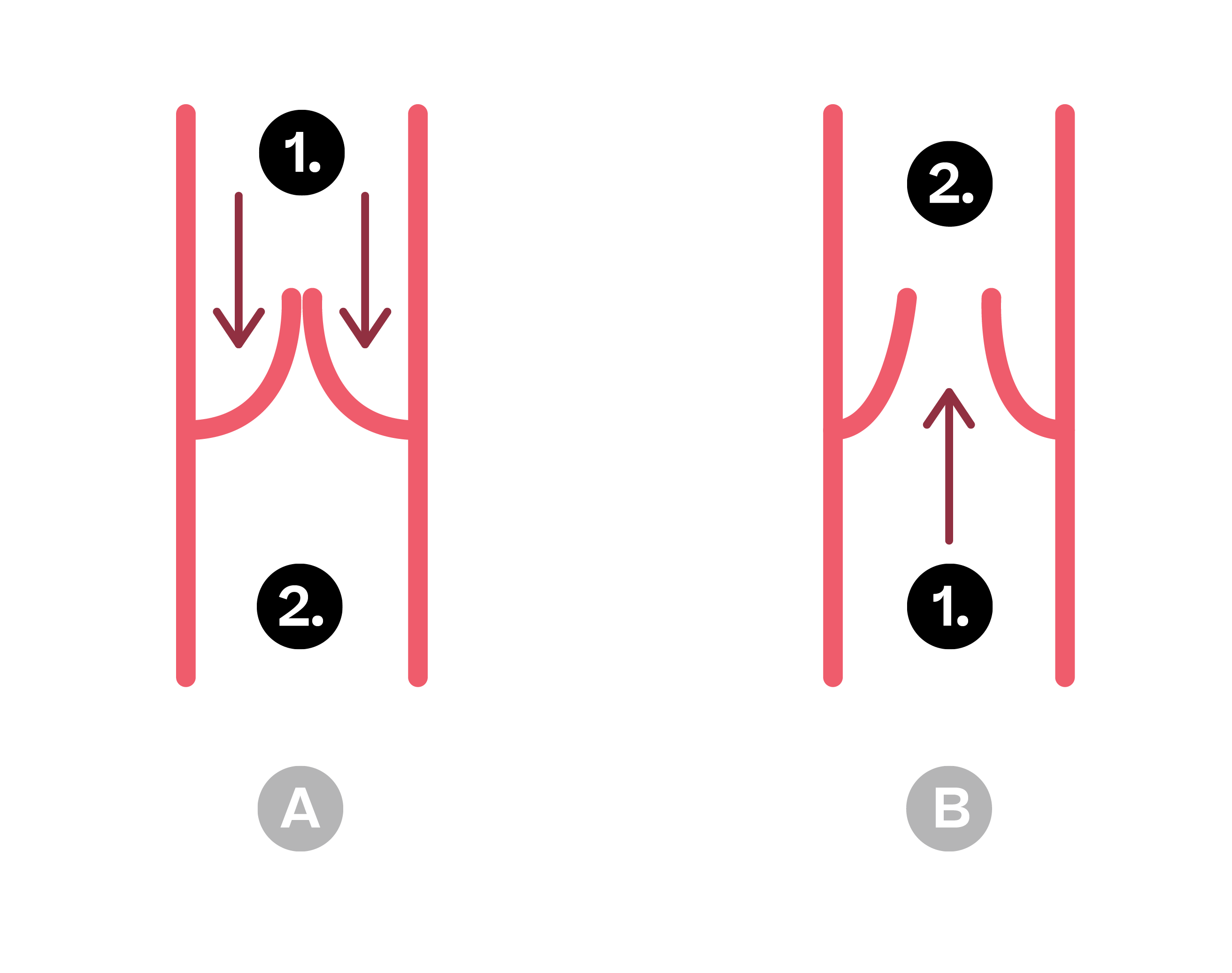Everything to learn better...
Heart structure and the cardiac cycle
Select Lesson
Exam Board
Select an option
Practical skills
Control systems
Origins of genetic variation
Modern genetics
Microbiology and pathogens
Energy for biological processes
Exchange and transport
Classification and biodiversity
Cells, viruses and reproduction of living things
Biological molecules
Explainer Video

Tutor: Holly
Summary
Create an account to read the summary
Exercises
Create an account to complete the exercises
FAQs - Frequently Asked Questions
What do the atrioventricular valves do?
The atrioventricular (AV) valves stop blood flowing from the ventricles into the atria when the ventricles contract.
What happens during ventricular systole?
During ventricular systole, the atria relax and after a slight delay, the ventricles contract. The pressure in the ventricles increases and blood is forced upwards, closing the atrioventricular valves. Blood is forced into the aorta and pulmonary artery, opening the semilunar valves.
What does the pulmonary vein do?
The pulmonary vein carries oxygenated blood from the lungs to the heart.
Beta
I'm Vulpy, your AI study buddy! Let's study together.
